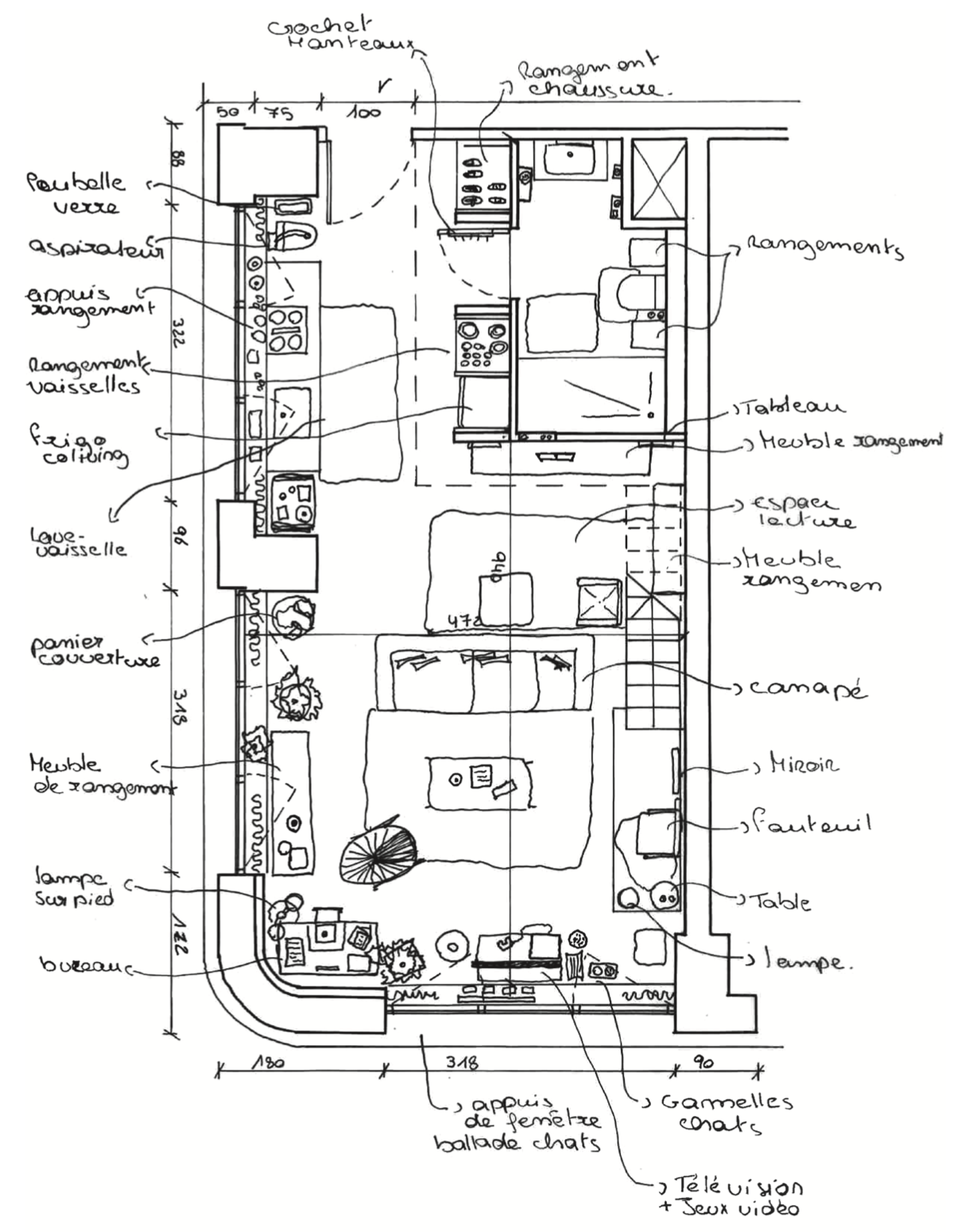Living in a coliving: appropriate space or consumed space?
Main Article Content
Abstract
Based on a survey conducted in a vast coliving project, this article analyses how community aims attributed to this fast-growing residential model are put to the test through the residents’ uses and representations. Emphasising the spatial and social conditions of the dynamics of investment in the premises, the analysis shows that, by its very characteristics, coliving encourages uses in a logic of common consumption. While the private areas are clearly identified by the housemates as accommodation, the communal spaces are seen as added value, or even prepaid services that need to be made profitable, which sometimes leads to conflicts over the use of those areas. Those who have chosen to live in a coliving scheme for its communal dimension can become disillusioned, to the point of shunning the other residents. Also, private spaces are rudimentary retreats, that are difficult to appropriate, and do not provide a sufficient degree of privacy and comfort to make them a fully satisfying domestic environment. In addition to being a questionable property investment product, coliving thus appears to be an experiential consumer product, invested by residents-consumers and, at times, closer to a hotel than a home.
Image: Relevé habité d’un loft loué non meublé. La locataire a dû ruser pour faire entrer ses affaires, mais aussi se défaire d’autres biens. © Sacha Maréchal, 2023.
Article Details

This work is licensed under a Creative Commons Attribution-NonCommercial-NoDerivatives 4.0 International License.

